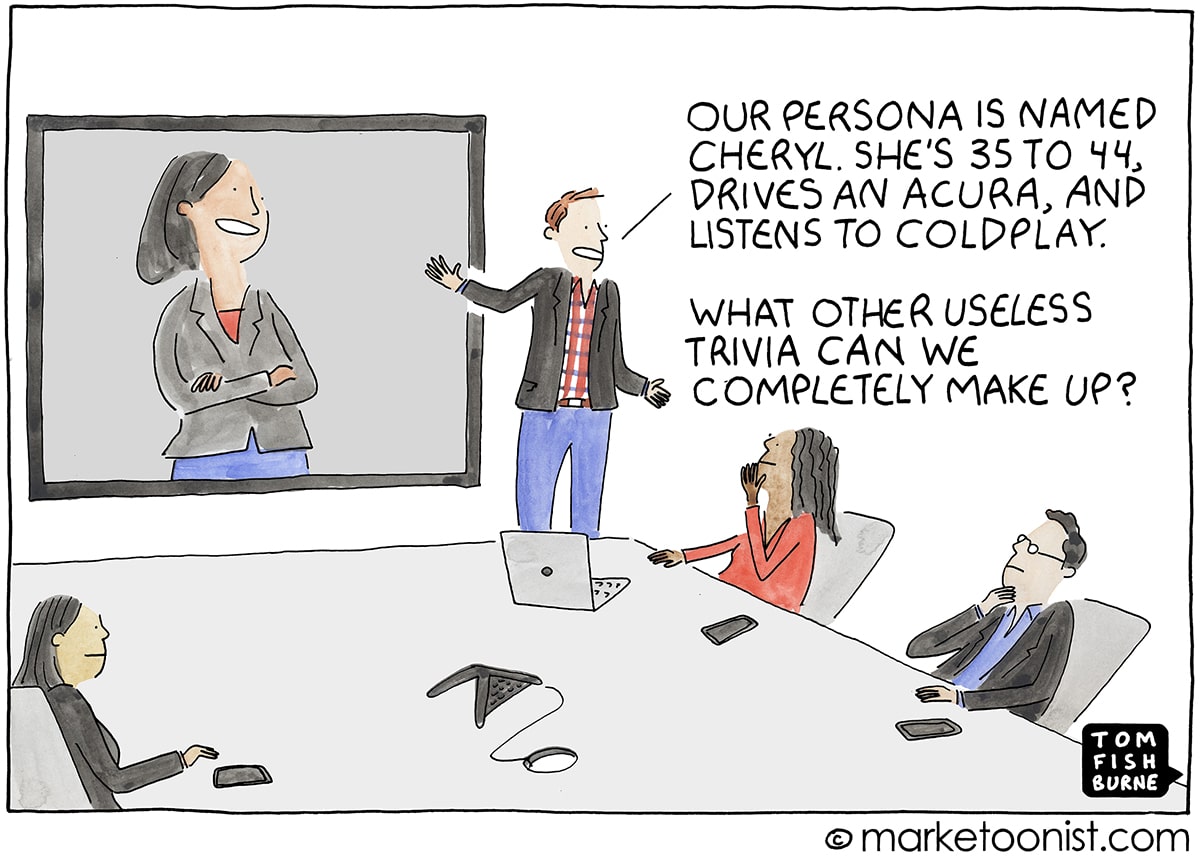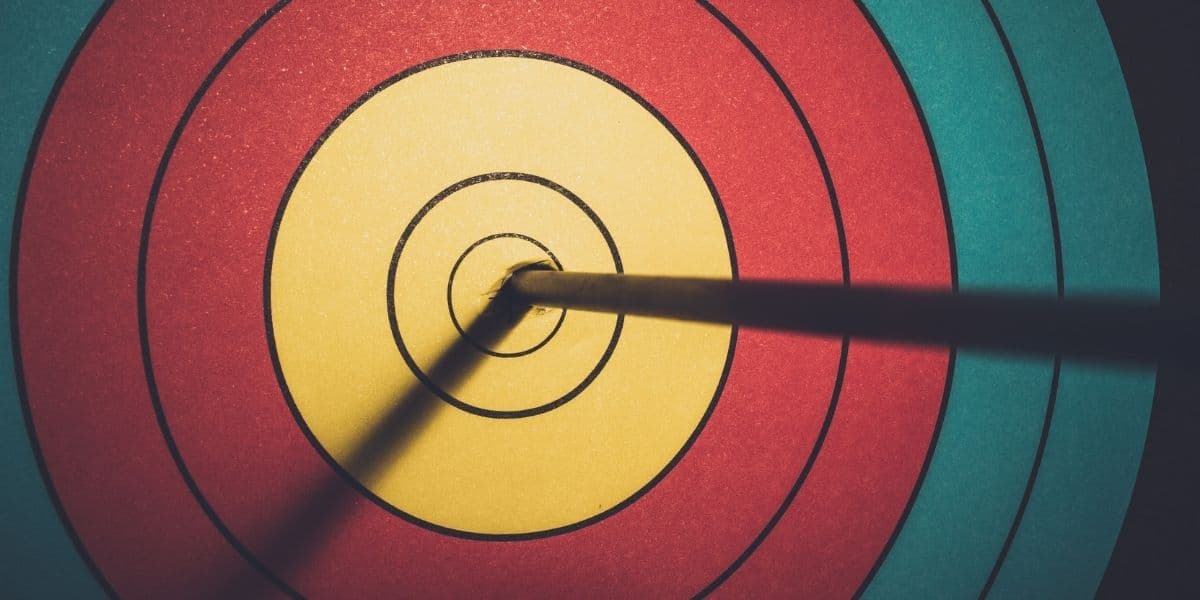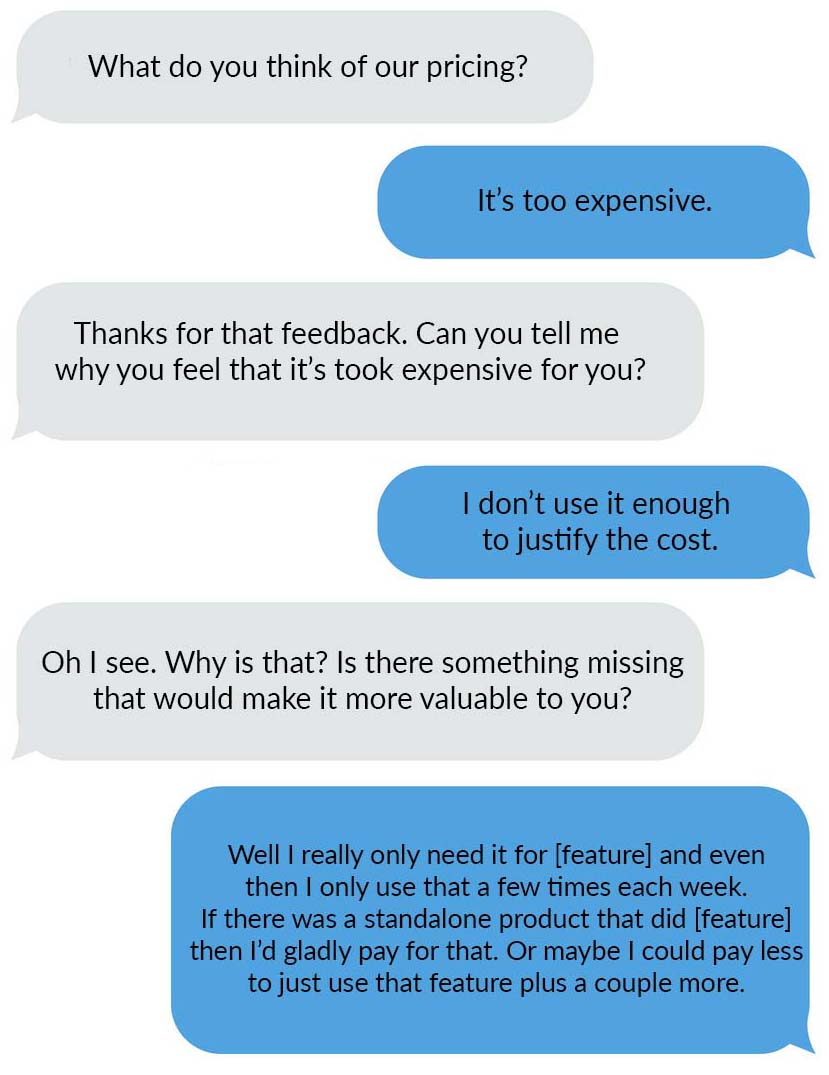We can all agree that there’s no better way to find out valuable information about your customers than to talk to them. Customer interviews, email surveys, and other forms of customer data gathering are critical to decision making. We’re big proponents of not only talking to customers, but then using the information that we gather in blog posts, social media messages, and more.
There’s a lot that goes into this process from start to finish. So let’s spend some time talking about the best practices that you should use, some time-saving methods, and what sort of information is most helpful.
Why Does Customer Data Matter?
We gave the short answer above — talking to customers is the best way to find answers. But that’s oversimplifying a topic that deserves some further context.
Customer data gives us the opportunity to find out who our customers are, rather than who we assume that they are. We have the chance to meet customer needs, or to solve problems that we have not even seen. We can measure the interest in a potential new product or feature, and we can learn the language that they use. Every bit of customer data gives us a new opportunity to confirm (or invalidate) opinions that we use to guide our business.
Read the last part of that sentence again.
We are making data-driven decisions about how we run our businesses, but in some cases we are basing those decisions on assumptions — the polar opposite of data.
That thought should send a chill down your spine.

Fortunately, gathering data from clients doesn’t have to be a difficult or confusing task. It does take some preparation, and there are some best practices. Once you have those in place you will be pleasantly surprised by how willing customers are to share that data.
Finding Customer Data Targets
The first misconception that we often make when choosing targets for customer data is that we only go after the best customers. We want the ones who spend the most money, or the ones who are the most engaged with us. While those customers are valuable, there are important lessons that we can learn from their counterparts too.
Whoever understands the customers the best, will eventually have them as their customers. @Steli
Think back over your lifetime. Which businesses have lost you as their customer? Why did it happen? How valuable would that information be to them if they had asked you to provide it?
Now apply that same logic to your own business.
What can you learn from the customers who engaged once and then fell off? How about the ones who are moving more slowly through the funnel than you would like? What parts of your product, your message, or your methods aren’t resonating with them? While it’s never wise to spend all of your time greasing the squeaky wheel, if you interview enough of these customers it’s likely that you will find patterns that you can address.
That’s not to say that you should eliminate your ideal customers. Quite the opposite, in fact! Your customer data targets should align with the goals that you’re trying to achieve. We will talk more about goals in a moment, but making sure that your audience aligns with your goals is critical to success.

Once you’ve found your targets, it’s time to send out some email. Personal touch is more than a nicety here;it’s almost a requirement. Opt for sending out emails from a personal account rather than through your ESP. Since you’re likely to use a lot of the same text, a knowledge activation tool like TextExpander is going to be your best friend as you are writing. Make sure to personalize the names, and even better if you can add a note about a previous interaction to help set the stage.
You’ll want to gather enough people to start seeing patterns. While there are no hard and fast rules for how many people you need to interview, you should aim for somewhere between five and ten at a minimum. If you finish your interviews and you’re still learning new things, keep interviewing! Again, we’re looking for patterns and not new discoveries.
Gathering the Right Customer Data
What is the “right” customer data? That answer depends on what you’re trying to accomplish. Pricing questions are pretty straightforward. People can tell you if they feel like your price is too low, too high, or just right. More nuanced projects like customer personas require numbers, testimonials, and even personal information. Because each project is unique, goal setting is a critical first step. Asking the right questions to meet that goal is nearly as important.
Once you’ve set your goals, it’s time to gather your stakeholders. It’s not critical for every interested party to be in every interview, but being party to a few can have massive benefits. It will give them the chance to see whether the right questions are being asked, and to key in on areas that might otherwise get missed. Their bigger role, however, is in deciding what data they’d like to find and then helping to form the questions that can help them find it.
Acquiring customer data is a bit like a survey (or in some cases it may be a survey). Because of this, the best practices that work for developing survey questions translate well for gathering customer data. The language that you use, and how you use it, can have positive or negative impacts on the answers that you get. It’s worthwhile to spend some time with your stakeholders to carefully craft your questions so that you get data that is as unbiased as possible.
The Data Gathering Process
Whether you’re interviewing in person or online, some truths remain the same. That said, it’s worth a bit of time to discuss the differences between the different formats. One thing is certain – it’s hard to overstate the importance of body language and facial expressions. So whenever possible, in-person or video interviews are always going to have a level of power above online surveys.
Creating the right environment goes a long way in gathering the data that you need. If you’re doing an in-person interview, set it up somewhere quiet and relaxed. Start off with some small talk and ice breaker questions. You’ll want to spend about five minutes on this section where you get to know your customer. Ask them open-ended questions about themselves like what they do for fun, or how they use your product.
Once you’ve set the stage, it’s time to hone in on the important parts. In this section, which should last around 15 minutes, you’ll want to focus on stories. This is also where your question-writing skills come to light, so make sure that you are asking them the same way that you wrote them. If you feel like you’re getting partial answers, this is an ideal time to ask “why.”

You’ll want to be careful to not sell the customer during this stage. Remember that you’re looking for feedback, not to convert them to your way of thinking. This is the time to sit back and listen to what they have to say, for better or for worse.
Once you’ve completed your questions, it’s time to hand things over to your guest. Give them some free space to say what’s on their mind, to ask you questions, or to raise concerns. This “unscripted” time is often when the best ideas will surface.
As your customer finishes, thank them for their time. This shouldn’t take more than a couple of minutes, and your entire meeting should be less than half an hour.
Translation Time
Now that you’ve gathered data, it’s time to turn it into useful information. While our singular goal may have been to spot a problem, we can still use the data for many purposes, including closing more deals. Look back on the stories that your customers told you. What data points can you pull from them? How many of them translate into numbers? As you go through each interview and record the results, remember to look for trends and map them out. You don’t have to change the world, but the impact could be huge.
Once you have collected the data and mapped the trends, it’s time to put everything into a presentation. The goal of your presentation is to make your customer data usable by your stakeholders. Your presentation should align with the goal that those stakeholders set before the data collection began, and it should answer their questions in a direct manner.
When presenting your data, context is critical. What was the participant’s viewpoint? Use your recordings to help convey their message. When you give your findings, make sure to take this context into consideration. You should also include information about what the findings do not show, as a way of keeping bias in check. Finally, acknowledging the limitations of qualitative data can help your stakeholders feel more confident in the assertions that you do make.
Speaking of feedback, we’d love to hear some of yours. How can we write content that is more useful for you? Are there tips or tricks that would be valuable that we haven’t covered? Let us know in the comments.

